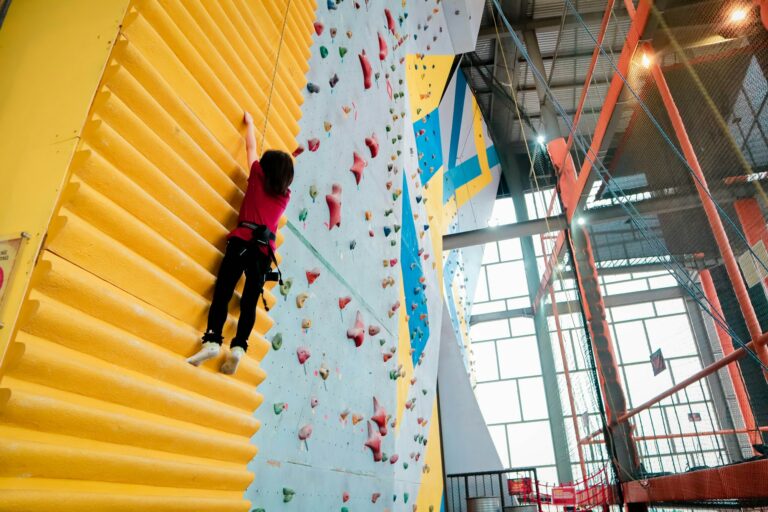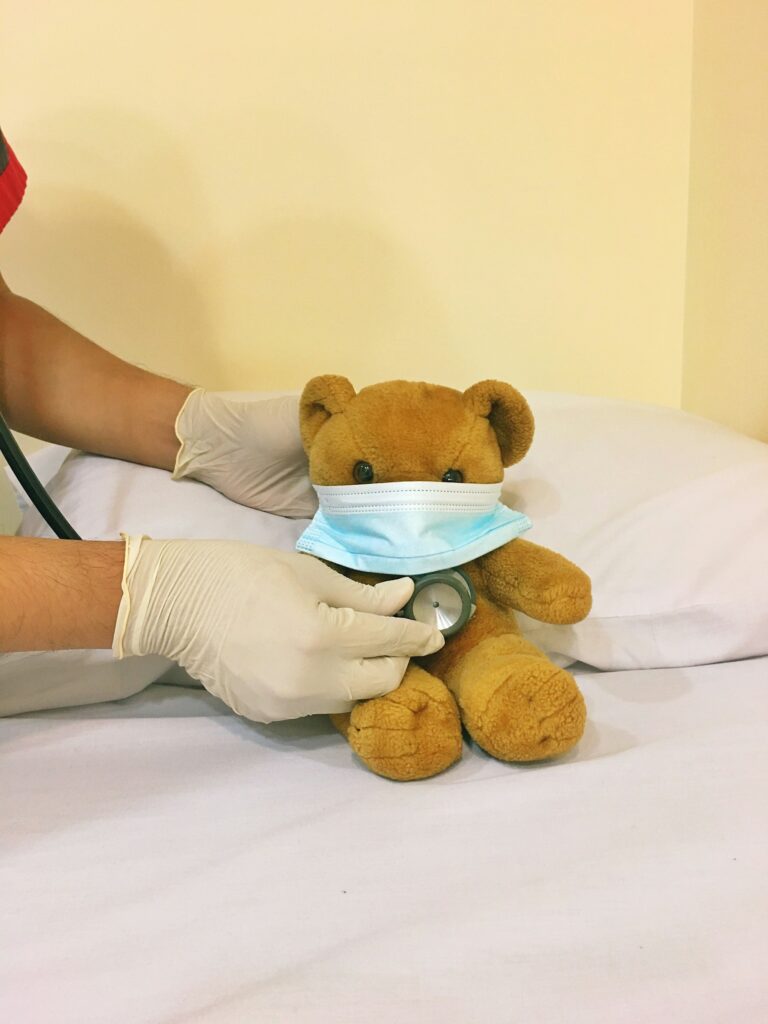Every parent knows that childhood isn’t always smooth sailing. Upbeat bursts of laughter can sometimes hide quiet anxieties—especially when a child dreads school because of school bullying. Perhaps your child comes home with unexplained bruises, or maybe there’s a sudden resistance to logging onto social platforms. The world of school bullying is complex, layered—sometimes brazen, sometimes insidious—and its impact can be felt far beyond the classroom walls. How can you spot the early warning signs? What practical steps make a difference, and how do parents find their footing amid conflicting emotions and advice? Today the focus is on making sense of the causes, detecting the warning signals, and exploring tangible solutions—from medical facts to legal recourses to family resilience. Let’s demystify school bullying, untangle its many faces, and empower families with knowledge, empathy, and strategies that stand up for every child.
School bullying: what is it, and why does it matter?
School bullying isn’t “kids just being kids.” It’s targeted, repetitive, and, above all, an abuse of power imbalance. You might imagine a traditional scene: a physically stronger child tormenting a smaller peer. But school bullying stretches much further—incorporating everything from pointed verbal attacks (“You’re worthless!”) to subtle social exclusion (“Don’t invite her, she’s weird”), to modern-day cyberbullying that follows a child into their own bedroom via smartphone notifications. The consequences aren’t fleeting: school bullying leaves emotional, physical, and even physiological imprints.
Not all disagreements are school bullying. When kids argue about soccer rules or who sits where at lunch, their disputes typically involve equal power and both parties standing their ground. School bullying is different: the victim feels powerless to stop the situation, and the aggressor’s actions are deliberate, with harm in mind.
The shape-shifting nature of school bullying means parents must consider multiple forms:
- Physical bullying: direct harm—hitting, tripping, or property damage.
- Verbal bullying: name-calling, threats, relentless teasing.
- Social/relational bullying: exclusion, ostracizing, or rumor-spreading to restrict friendships.
- Cyberbullying: digital threats, derisive messages, public shaming online.
- Sexual bullying: unwanted comments, gestures, or even inappropriate digital content—yes, children can be exposed to this, and the emotional injuries run deep.
- Pack bullying: group-on-individual targeting, amplifying the sense of isolation.
Key fact: According to recent studies, nearly one in five students aged 12–18 reports being subjected to school bullying. With the rise of cyberbullying, this proportion climbs higher, especially as digital interactions increasingly shape children’s social lives. Medically, the effects deserve careful attention—anxiety, depression, somatic complaints (like headaches, stomach aches), and sleep disturbances can all stem from persistent bullying. These are not simply emotional reactions. Chronic stress provokes changes in brain chemicals and hormones, increasing the risk of persistent mental health disorders.
Do girls and boys experience school bullying equally? Patterns suggest boys often encounter more physical bullying, while girls are more exposed to relational or social exclusion. Vulnerable groups—children with disabilities, LGBTQ+ identities, ethnic minorities, or anyone perceived as “different”—face heightened risk, and their symptoms can mimic or mask other health or behavioral conditions, complicating detection.
Why does school bullying emerge? The tangled roots
What triggers a child to become a target or an instigator? School bullying is rarely explained by one cause. It’s a mesh of personality, family patterns, school environment, and broader social factors at play.
- Personal vulnerability: Children with low self-esteem, poor social skills, or unique characteristics (appearance, accent, disability) find themselves more at risk. For aggressors, impulsivity, a desire for dominance, or exposure to overwhelming stress can spark bullying behaviors.
- Family environment: High conflict at home, unpredictable discipline, emotional detachment—all these can serve as a breeding ground. Children model what they observe; witnessing aggressive behavior from adults or siblings can normalize those actions at school.
- School influences: Weak or absent anti-bullying policies, patchy adult supervision, or peer dynamics that reward aggression all provide fertile soil for school bullying to flourish.
- Societal impact: Media glorification of aggression, tolerance for exclusion based on difference, and cultural attitudes about power shape how children interact—and how adults respond.
Think of school bullying as a symptom rather than an isolated event—often, the roots extend into a child’s life well beyond the playground. Medical research demonstrates lasting changes in the body’s stress response system, including the hypothalamic-pituitary-adrenal axis, when a child is exposed to chronic bullying. This results in an elevated baseline of stress hormones, which can contribute to mood and sleep disorders, immune changes, and difficulties with memory and concentration.
Recognizing the warning signs: from subtle signals to medical red flags
You might ask yourself, “Would I notice if my child were suffering because of school bullying?” Sometimes the signs shout, but often they whisper—hidden in behaviors you might chalk up to “growing pains” or “teen moodiness.” Watch for:
- Physical indicators: recurrent headaches, stomach aches, frequent unexplained injuries, sudden loss of personal belongings.
- Emotional and behavioral changes: mood swings, heightened anxiety, irritability, withdrawal from friends or family, avoidance of school or specific activities, changes in eating or sleeping patterns.
- Academic consequences: declining grades, lack of energy for homework, absenteeism, difficulty focusing in class.
The ripple effects can be profound. Victims of school bullying face an increased risk for depression, post-traumatic stress disorder (PTSD), substance abuse, and even suicidal ideation. In the short term, children report strong feelings of shame, helplessness, and emotional isolation. Over time, internalized distress may evolve into chronic psychological symptoms, cardiovascular issues, and impaired social relationships.
Don’t forget about the bystanders. Witnessing school bullying can cause guilt, anxiety, or fear—creating a tense environment that erodes safety for all students. Even the children instigating school bullying may be at heightened risk for antisocial behaviors, academic struggles, and mental health challenges as they grow older.
What does the law say about school bullying? Legal responsibilities and protections
Anti-bullying frameworks exist for a reason. State laws in most regions—spurred by scientific evidence—require schools to put clear, enforceable anti-bullying measures in place. These include:
- Concrete definitions of school bullying
- Transparent procedures for reporting and investigating incidents
- Mandated timelines for action and follow-up
Federal policies provide additional protections, especially for students with disabilities under IDEA, ADA, and Section 504. If bullying interferes with a child’s right to a Free Appropriate Public Education (FAPE), schools must mobilize tailored support via IEP or 504 meetings. Legal requirements also explicitly forbid retaliation against anyone reporting school bullying, ensuring families and students can come forward safely.
Reporting channels should offer confidentiality, promoting prompt and non-judgmental responses. Schools are held to strict standards for documenting incidents, interviewing all involved parties, and protecting student privacy. Responses combine reasonable disciplinary action with behavioral support—punishment alone rarely breaks the cycle of school bullying.
Building safety nets: prevention programs and day-to-day strategies
What works in counteracting school bullying? Research highlights several evidence-based programs that pivot from simple rule enforcement to culture change.
- Social and Emotional Learning (SEL): empowers children to build empathy, resilience, and interpersonal skills—foundations that inoculate against school bullying.
- Positive Behavioral Interventions and Supports (PBIS): strengthens positive interactions and expectations across the school, led by trained teachers and integrated routines.
- Olweus Bullying Prevention Program (OBPP): a leading model, it reshapes school climate at every level—empowering staff, clarifying rules, creating avenues for student voice, and consistently applying non-aggressive interventions.
- KiVa: this approach puts the spotlight on bystanders, teaching students to deflate the “social rewards” bullies seek, like laughter or approval, and instead foster empathy for the victim.
Some strategies focus on practical, familiar checkpoints: more adults on playgrounds; trusted pathways for confidential reporting; role-play and scenario-based lessons to give every child tools for navigating difficult interactions.
Peer engagement is especially powerful. Students trained as allies or “upstanders” can interrupt cycles of school bullying, forming a web of support that even adults can’t always offer. Involving families—through workshops, open communication, and home-school collaboration—strengthens the protective net.
In the digital world, teaching digital citizenship is not an add-on, but essential. Children need guidance not only on privacy settings, but also on the ethical implications of digital actions and the persistent nature of their online presence. Digital monitoring tools and anonymous online reporting options increase early detection of cyberbullying, closing the gap between onset and response.
Rapid response: when school bullying hits home
When school bullying is suspected or confirmed, time matters. Schools must act to secure the child’s safety immediately, removing them from the source of distress and triggering prompt investigation. Ongoing support is essential:
- For victims: access to counseling or mental health support, careful monitoring of their progress, regular follow-up with families.
- For aggressors: a combination of discipline (proportional and non-aggressive) and supportive interventions aimed at developing empathy and social skills.
- For all involved: restorative approaches that prioritize repairing relationships and rebuilding community trust, not just punitive measures.
Medical professionals sometimes become involved to address both the psychological consequences (through therapy) and somatic complaints if needed. Pediatricians and mental health specialists play a key role—don’t hesitate to raise your concerns with your child’s healthcare provider, who can screen for mood and anxiety disorders, sleep problems, and symptoms of PTSD.
Family participation is pivotal. Documenting incidents, maintaining open lines with school staff, and ensuring that children receive consistent reassurance and guidance all help weave a safety net. Seek professional counseling when distress persists, and keep advocating for documented plans and regular check-ins.
School bullying in the digital age: confronting cyberbullying
Unlike traditional forms, cyberbullying creeps beyond school gates—a snide comment on Instagram, a doctored image on TikTok, an exclusion from WhatsApp chats. The sense of perpetual exposure is exhausting for children, elevating symptoms of isolation, anxiety, and depressive symptoms.
Prevention hinges on several pillars:
- Open family discussions about digital experiences and boundaries
- Clear, consistent device rules established at home
- Empowering children to recognize unsafe digital situations and encourage help-seeking without fear of judgment
Evidence underscores that cyberbullying triggers the same cascade of stress hormones (like cortisol) as in-person harassment, with added difficulty due to the absence of safe digital “off-switch” periods.
Schools must cultivate updated codes of conduct encompassing digital behaviors, with staff trained to spot signs of online suffering and deploy technical solutions (like reporting tools) quickly. Legal systems are catching up, making it possible to address even significant off-campus threats.
Case studies: real-world lessons and innovations
Examining outcomes from around the world provides insight. In North America and Australia, legal action against negligent schools underscores the duty to act decisively on school bullying complaints. Collective efforts in South Korea led to legislative change and widespread anti-bullying campaigns—demonstrating the ripple power of civic engagement.
Peer-led programs and initiatives such as “brave clubs” in Spain or student-moderated online forums elsewhere have shown that empowering children to intervene and support one another can dramatically reduce incidents of school bullying. Parent and teacher involvement, public awareness campaigns, and consistent media attention all support sustained shifts in attitude and policy.
Educators, when provided with comprehensive training in positive classroom management and bullying response, build a resilient environment. Cross-sector partnerships—between medical professionals, educators, families, and policymakers—amplify prevention and early intervention capacities.
Key takeaways
- School bullying casts a long shadow—mental health, physical symptoms, and academic performance are all at stake.
- Recognizing subtle, early clues is vital to limiting lasting harm; prompt, informed responses can change a child’s trajectory.
- Prevention is not a single program but a collective, layered effort: family, school, peer, and community engagement are all necessary.
- Medical research confirms the deep and lasting physical and emotional effects of school bullying—don’t hesitate to consult healthcare professionals.
- Legal protections ensure schools are responsible for keeping children safe, and families have rights to documentation, individualized support, and continued updates.
- Open, ongoing dialogue about relationships, conflict, and digital citizenship forms a core defense, both at home and at school.
- Comprehensive approaches—combining education, policy, technology, and medical care—show promise in lowering rates and easing the impacts of school bullying.
Remember, while school bullying may feel overwhelming at times, myriad resources exist to help you and your child. For personalized guidance and free health assessments tailored to your child, consider downloading the Heloa app. Medical and educational partners are here to support you every step of the way.
Questions Parents Ask
How can I talk to my child if I suspect they are being bullied at school?
Approaching your child about potential bullying can feel overwhelming, mais rassurez-vous, il existe des moyens doux d’ouvrir le dialogue. Essayez de choisir un moment calme, sans pression, pour lui poser des questions ouvertes sur ses journées à l’école et ses sentiments envers ses camarades. Montrez-lui que vous êtes là pour l’écouter, sans jugement. Parfois, les enfants n’osent pas se confier par peur d’inquiéter leurs parents ou de s’attirer des ennuis. Encouragez-le à partager même les petits soucis ; exprimez que ses émotions sont normales et qu’il n’est jamais seul face à ce qu’il traverse. Vous pouvez aussi lui rappeler que demander de l’aide n’est jamais un signe de faiblesse, bien au contraire. Votre présence bienveillante est déjà un premier pas précieux.
What should I do if my child is accused of bullying others?
Recevoir une telle information peut être bouleversant, mais il importe de garder une attitude ouverte. Commencez par écouter la version des faits de votre enfant, sans tirer de conclusions hâtives. Discutez des conséquences possibles de ses actions, même si elles n’étaient pas intentionnelles. Encouragez-le à réfléchir à l’impact que cela a pu avoir sur les autres élèves. Suggérez, si besoin, de s’excuser sincèrement auprès de la personne concernée. Impliquez l’école ou des professionnels si l’accompagnement devient nécessaire : le but n’est pas de condamner, mais bien d’aider l’enfant à comprendre et à adopter des comportements plus respectueux.
How can parents work with schools to effectively address and prevent bullying?
La collaboration entre parents et école est essentielle. Prenez contact avec les enseignants ou l’équipe éducative dès les premiers signes de difficultés ; montrez que vous souhaitez œuvrer ensemble dans l’intérêt de votre enfant et de l’ensemble des élèves. Participez, lorsque cela est possible, aux réunions, ateliers ou actions de sensibilisation proposés par l’établissement. N’hésitez pas à demander comment les situations de harcèlement sont traitées et quels outils existent pour le suivi des élèves. Votre implication et votre dialogue ouvert avec l’école renforcent non seulement la confiance de votre enfant, mais contribuent aussi à une ambiance scolaire plus sereine et inclusive pour tous.









